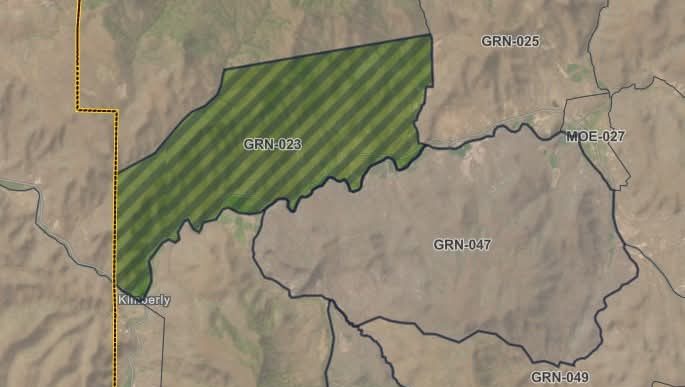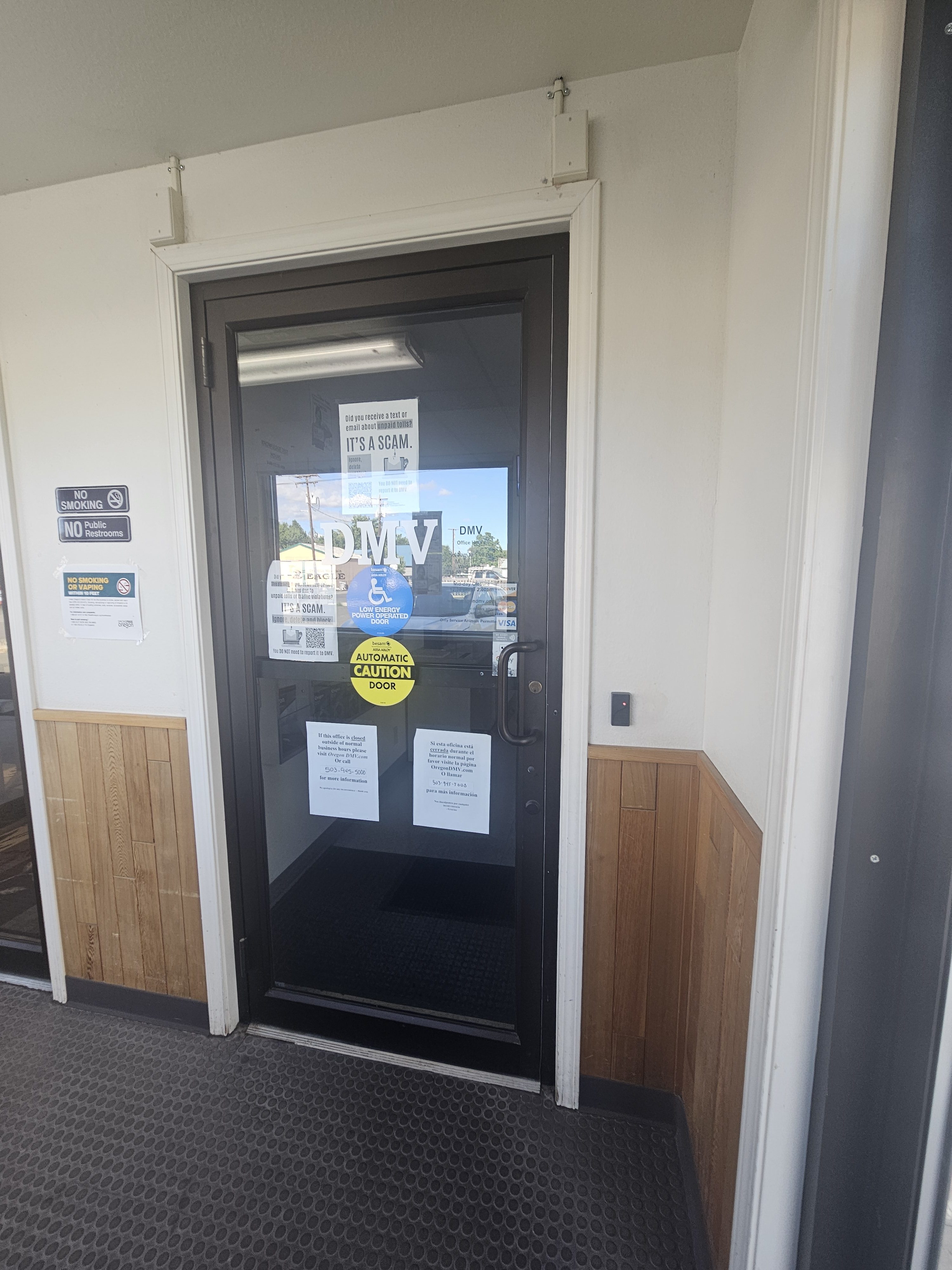Measure 55
Published 5:00 pm Tuesday, October 7, 2008
What is it?
Trending
Oregon ballot Measure 55 would allow state legislators to fill out the remainder of their term if Legislative redistricting forces them out of their district in mid-term.
Where did it come from?
Measure 55 was referred to the ballot almost unanimously by the 2007 Legislature, making it one of the only things about redistricting lawmakers have been able to agree on. And there is no recorded opposition from anyone, anywhere.
Trending
What would it do?
Measure 55 would bring much-needed common sense to the redistricting process. Explains Oregon House Majority Leader Dave Hunt: “When you are elected to a district for two years, you will actually get to represent that district for the full two years, and your constituents are going to have you as their representative for the full two years.” In other words, legislative redistricting would be handled in exactly the same way as Oregon’s congressional redistricting.
“Nobody knows why the state has been doing it this way, and I don’t know of any other states that do it this way,” says Hunt. “It really is an anomaly.”
Reality check:
Every 10 years, to help make sure each lawmaker represents roughly the same amount of people, Legislative districts are re-mapped based on the rise or fall of their populations. The problem is, when district boundaries are moved around, lawmakers sometimes suddenly find themselves serving a new district populated by folks who didn’t vote them into office. That’s what happened to State Representative Phil Barnhart. In 2002, as the Eugene Democrat was neck-deep in five special, budget-cutting, mid-term sessions, redistricting suddenly forced his representation away from the tiny, urban, very Democratic District 40, where Barnhart actually lived, to a large, rural, and mostly Republican chunk of central Oregon.
Recommendation:
Yes.
If there’s a no-brainer “yes” vote to be made Nov. 4, this is it.









